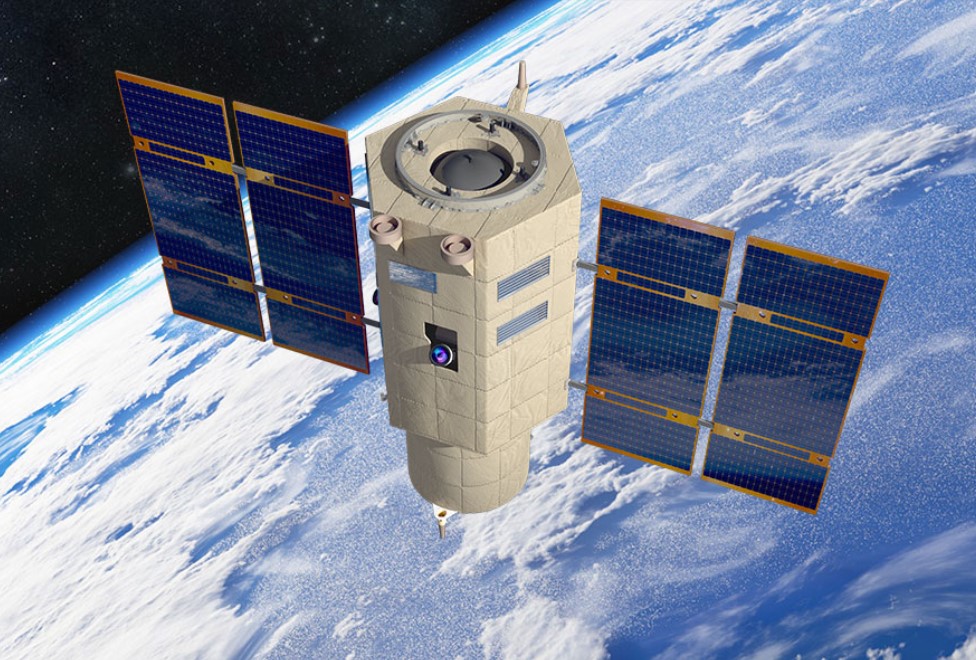Elbit Systems’ Jupiter space camera is now ready to begin operations from the National Advanced Optical System (NAOS) satellite, which was launched into space on 26 August 2025 from Vandenberg Space Force Base, California, aboard a Falcon 9 rocket operated by SpaceX.
The NAOS satellite, developed by OHB Italia for the Luxembourg Directorate of Defence, will provide high-definition images from low Earth orbit, allowing Luxembourg to autonomously obtain key satellite data for the benefit of its national institutions and international partners.
Developed by Elbit Systems ELOP business, Jupiter is billed by Elbit as being one of the world’s most advanced space cameras. Featuring a very large aperture and a very lightweight design the camera offers a range of imaging channels: a high-resolution panchromatic (black and white) channel, which captures fine spatial details across the full visible spectrum, an RGB channels for true-colour imaging; and a near infra-red (NIR) channel, which enables analysis of vegetation health, water content and material properties.
“These channels are provided at an exceptional resolution ratio, ideal for advanced image fusion and analysis,” Elbit stated in a press release. “Jupiter is capable of capturing continuous long image strips with a swath, allowing efficient coverage of large geographic areas in a single orbital overpass.”
The data generated by the Jupiter camera is designed for seamless integration with both onboard systems and ground station analytics platforms. Its compatibility with advanced image processing and artificial intelligence engines enables the extraction of actionable insights, supporting informed decision-making across a wide range of applications.
In addition to the camera, Elbit Systems developed and supplied advanced algorithms to support the ground segment of the NAOS mission, enhancing its image analysis capabilities.













